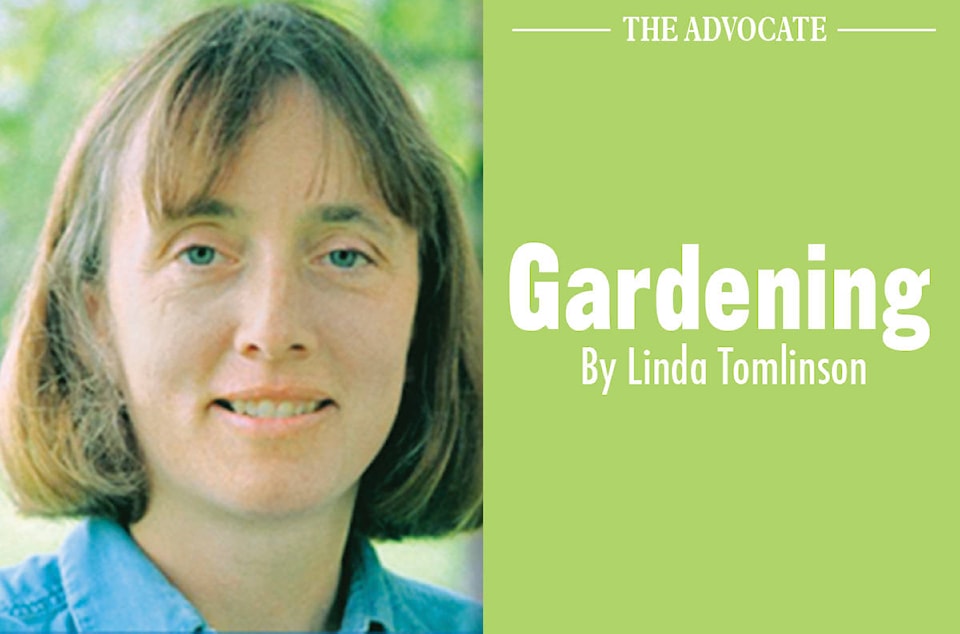From the last week end in October until Nov. 11 red poppies are worn by citizens of Canada and many other countries to honour Veterans. Proper edict, according to the Canadian Legion, is to wear a single red poppy over the heart, or on a lapel on the left side. Do not exchange the original pin for a different one for fear being poked or losing the poppy. The Legion’s web page states that most Legion Branches have poppy keepers, a small plastic piece that fits on the bottom of the pin to secure the poppy. If a poppy has fallen to the ground, it should be picked up, cleaned, saved or disposed of in a respectful manner.
The red poppy that is used to honour and remember Veterans is Papaver rhoeas. It like many plants have a number of common names. Field Poppy, Flanders Poppy, Corn Poppy, Common Poppy and Shirley Poppy are a few of the more widely used ones.
Flanders poppy is easy to grow and once established will self-seed in areas where the soil has been disturbed. Like most poppies, Papaver rhoeas do not like to be transplanted which means it is best to seed them into their intended growing area. Plant by sprinkling seed in late fall or early spring. Choose a place with loose, soft soil that is able to retain enough moisture to provide for the plant. Plants need full sun to thrive and reproduce.
Given the good growing conditions the poppy can grow up to 30inches (75 cm) in height and width. The red, four petal flowers, begin flowering by the end of June and continue throughout the summer and sometimes into the fall. Once the fragile flowers fall a small, decorative seedpod forms that is filled with a multitude of small seeds. The seeds can be saved to reseed or harvested for baking and cooking. Dried seed pods are used in dried floral arrangements.
The Flanders Poppy is relatively pest free but might get mildew or aphids if planted in a poor location.
In warmer climates, the Common Poppy is a perennial and can become a nuisance plant by growing between the rows of seeded crops. In Central Alberta, the Flanders Poppy it is an annual that will self-seed in gardens and areas where the soil is disturbed. Plants that re growing in the wrong area, or have finished flowering should be removed from the garden. If the seed pods have formed it is best not to place them in the compost pile as the seed will survive the composting process.
Red poppies are attractive planted in masses in flower boarders or in cottage style gardens. It is unlikely that this plant will become invasive locally as it only germinates in disturbed soil and is easy to pull.
Poppies flowers last for a day or two making them not the most desirable cut flower. For those who want to use them as a cut flower, pick the flowers as they are starting to break bud. Sear the bottom of each stem to seal in the white juice that is contained in the stem to make the flower last longer.
The poppy associated with Remembrance Day is red but not all Papaver rhoeas are red. Shirley Poppies, a cultivar of the original Flanders Poppy, come in a variety of colors, reds, orange, violet, white, pink and bicolours. While the Flanders Poppies typically have four petals many varieties of Shirley Poppies are doubles with more than four petals.
Seeds for the Flanders Poppy relatively easy to purchase. If they are not available on local seed racks in the spring, they will be available in seed catalogues.
Try planting a few of these poppies next season. They are colorful and easy to grow.
Linda Tomlinson is a horticulturalist that lives near Rocky Mountain House.
